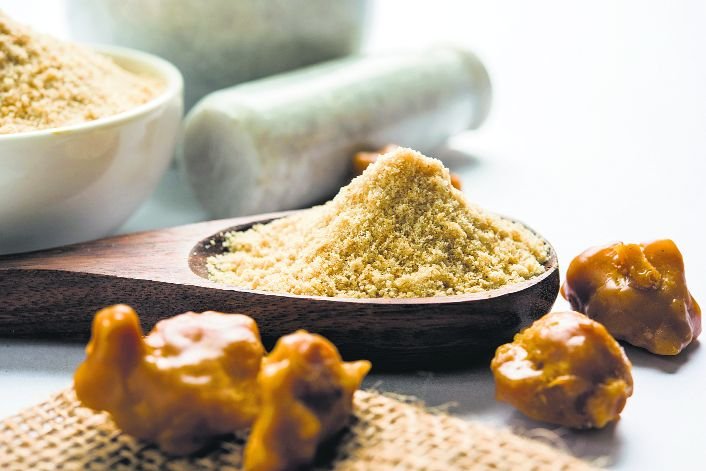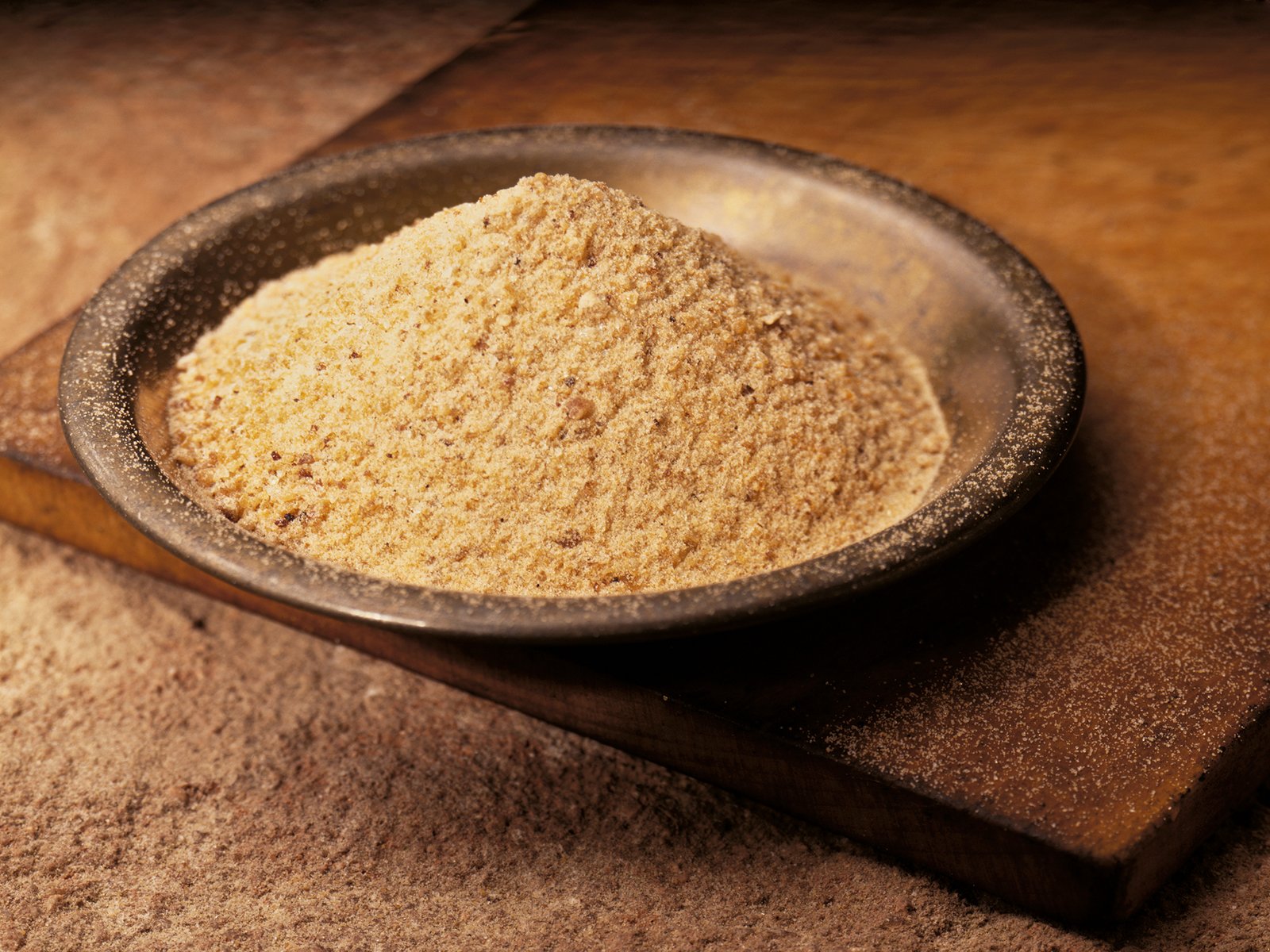Asafoetida, a seemingly innocuous substance derived from the resin of the wild fennel plant native to Afghanistan, Iran, and Uzbekistan, has found itself at the epicenter of culinary debates in India. Often ground into powder and mixed with flour, this potent ingredient is renowned for its powerful and divisive smell, earning it the moniker “devil’s dung” due to its pungency.
In Persian, “Asa” means gum, and “foetida” translates to stinky in Latin. In India, it is simply known as “hing.” Despite its challenging aroma, hing plays a pivotal role in Indian cuisine, serving as a bridge between flavors, particularly in communities like Jain, Marwari, and Gujarati, where religious beliefs prohibit the consumption of onion and garlic.
At the bustling Khari Baoli market in old Delhi, hing manages to overpower even the most fragrant spices. Culinary experts Siddharth Talwar and Rhea Rosalind Ramji, co-founders of The School of Showbiz Chefs, describe hing as the “mother of all base notes of Indian cooking,” emphasizing its role in enhancing diverse flavors and overcoming religious dietary restrictions.
Despite its olfactory challenges, hing has become a constant in Indian culinary diversity. It is especially valued for its ability to substitute the flavors of onion and garlic, making it an essential component for those adhering to specific dietary restrictions.
While raw hing has been likened to the scent of rotten cabbage, its intense flavor necessitates using only a small amount. Talwar advises adding a minuscule quantity of hing to hot oil, a technique that releases its unique essence. While many opt for the powdered version mixed with rice or wheat flour, adventurous cooks may choose the solid crystal form resembling rock salt.

The history of hing traces back to Alexander the Great, who is credited with introducing it to India. Scholars suggest that Alexander’s army, encountering asafoetida in the Hindu Kush mountains, mistook it for the rare silphium plant. Despite the initial confusion, asafoetida found its place in India, and its usage persisted.
Hing’s historical significance extends beyond culinary applications. In ancient times, it was worn as an amulet by African and Jamaican people to ward off demons. During the Spanish flu pandemic in 1918, some in the US wore sachets containing asafoetida for protection. Additionally, its repulsive properties make it a pesticide in organic farming.
As global culinary preferences evolve, some chefs are experimenting with hing as an alternative to onion and garlic. The umami taste sensation it imparts has garnered attention, and its potential in enhancing stews and stocks is recognized. With the concept of umami gaining prominence in gastronomy, hing’s unique flavor profile is being explored beyond traditional Indian dishes.
In recent years, efforts have been made to cultivate hing in India, a country that has historically imported the majority of its supply. Farmers in the Himalayan region have embarked on this slow-growing process, aiming to reduce the reliance on imports and potentially save significant costs. If successful, India could proudly claim hing as a flavor indigenous to its culinary heritage.
As the world continues to embrace diverse tastes and ingredients, hing remains a symbol of both culinary tradition and innovation. Its divisive nature, characterized by a powerful aroma and multifaceted applications, ensures that hing’s story is far from over in the intricate tapestry of global gastronomy.
Book Paris Trip
Paris sightseeing
Book Paris activities
Louvre museum paris
Paris limousine rental
Rolls Royce Paris
Eiffel Tower Paris
Airport Transfer Paris
Book Paris Taxi
Seine River Cruise
Wine Tasting Paris
Paris luxury hotels
Switzerland luxury hotels
Europe Car rental
Europe coach rental
Paris Limousine
Dior Paris
Beauvais Airport transfer
